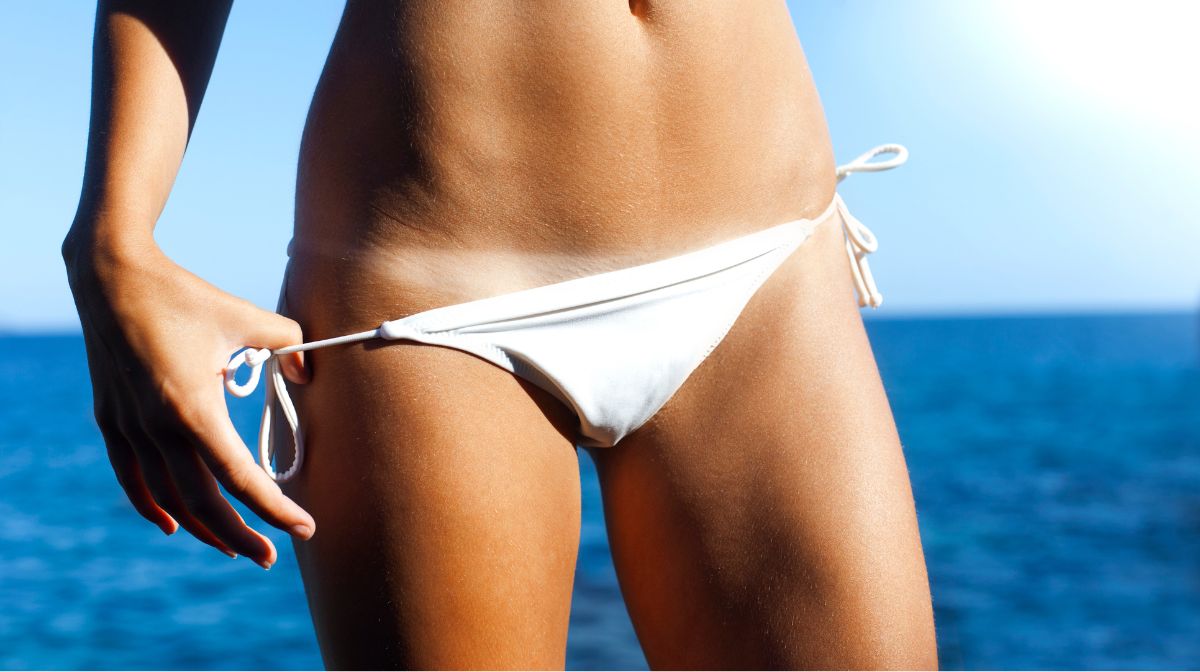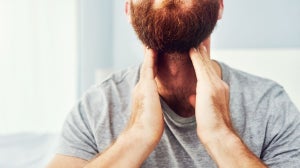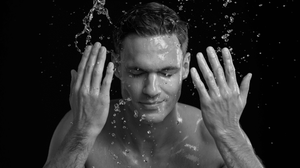
Ever experienced ingrown hairs? This popular skin condition affects many people and can be exacerbated by hair removal. To find out what causes this condition and learn how to avoid ingrown hairs, read on!
3 min read
Share with the Community:

We all want healthy looking skin after shaving. However, shaving can also lead to razor burn, skin irritation and ingrown hairs. This can occur after you shave and is the result of cut hair curling back into the skin.
In This Article
What are ingrown hairs? Where do ingrown hairs grow? Ingrown Hair Symptoms How Do You Get Rid of Ingrown Hairs? How Can You Prevent Ingrown Hairs When Shaving? TIP 1: Change your razor blades frequently TIP 2: Hydrate your skin TIP 3: Exfoliate regularly TIP 4: Always shave with shaving gel TIP 5: Be consistent
What are ingrown hairs?
After you shave, a cut hair can curl back under the skin and start to grow beneath the surface. This ingrown hair creates a small, skin-coloured or red pimple-like bump on your skin, which may or may not contain pus, can be itchy and can cause redness, swelling and pain.
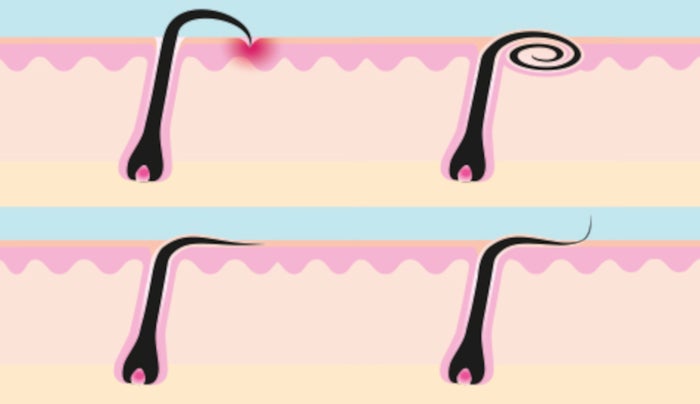
Where do ingrown hairs grow?
You can end up with ingrown hairs anywhere you shave with a razor. With that said, they most often occur in areas with thick, coarse hair such as your armpits and your bikini area. This is because it's easier for cut hairs to curl back into the skin when the hair is dense and curly.

Ingrown Hair Symptoms
Think you might be getting ingrown hairs? Here’s the main ingrown hair symptoms to watch out for:
Small round bumps forming on the skin
Small blister-like bumps, sometimes pus-filled
Embedded hairs
Skin darkening
Itching
Pain
If you’re experiencing any of the above symptoms, avoid hair removal until the area clears up. If the symptoms continue past the 2 week mark, consult your dermatologist.
How do you get rid of ingrown hairs?
In most cases, ingrown hairs will clear up without treatment. To help your skin recover faster, avoid touching the affected area. You can also take steps to speed up the healing process.
Avoid shaving the area with ingrown hairs until they have time to heal.
Soak the area in warm water or apply a warm towel for a few minutes.
Try exfoliating to remove any loose dead skin, which can block the ingrown hair from breaking through the skin’s surface.
Apply a non-greasy moisturiser to help heal dry skin and remove any dead cells.
If you see the hair break through, try to gently pull it out with a pair of sterile tweezers.
See a dermatologist to get a prescription for an antibiotic if an ingrown hair gets infected.
How can you prevent ingrown hairs when shaving?
To protect skin from ingrown hairs, each area of the body requires some different steps when shaving, but below are the best practices to follow regardless of where you shave.
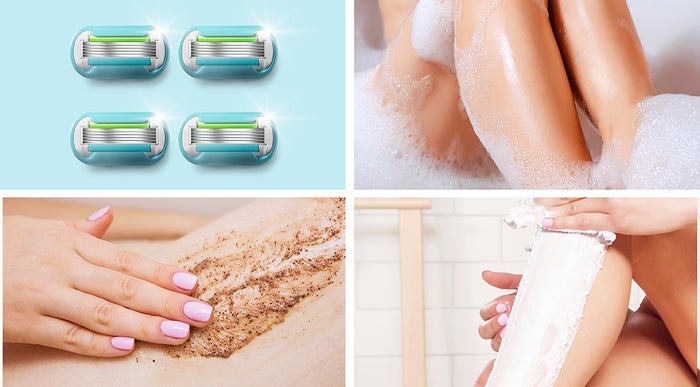
Tip 1
Change your razor blades frequentlyUsing dull razor blades can cause skin irritation, razor burnand ingrown hairs. If you feel your blade pulling at your hair or if it feels rough on your skin, it is most likely dull and should be replaced.
Tip 2
Hydrate your skin
Soak the area you plan to shave in warm water by taking a shower or bath for at least three minutes. Hydrating your skin helps the hair cut more easily.
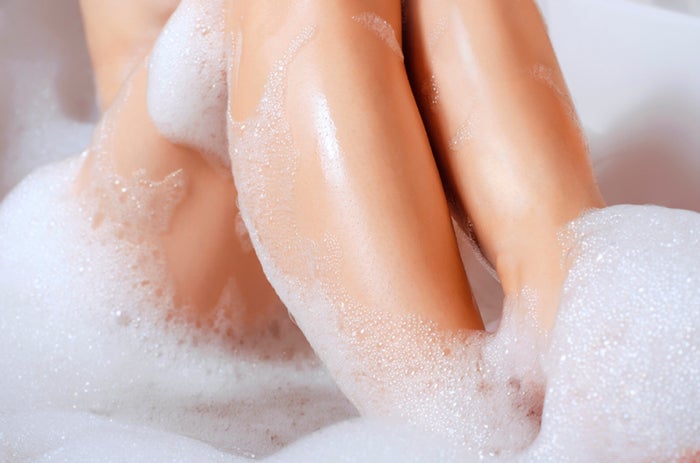
Tip 3
Exfoliate regularly
Since ingrown hairs are commonly caused by dead skin cells that obstruct the hair from breaking through the skin’s surface, exfoliating regularly will help remove these dead cells.
Tip 4
Always shave with shaving gel
Shaving dry skin can cause ingrown hairs. Always hydrate your skin before you shave, use shaving gel and apply moisturiser post-shave to keep your skin hydrated.
Tip 5
Be consistent
To better protect your skin from ingrown hairs while shaving, it’s important to be consistent and know how to shave each individual area.
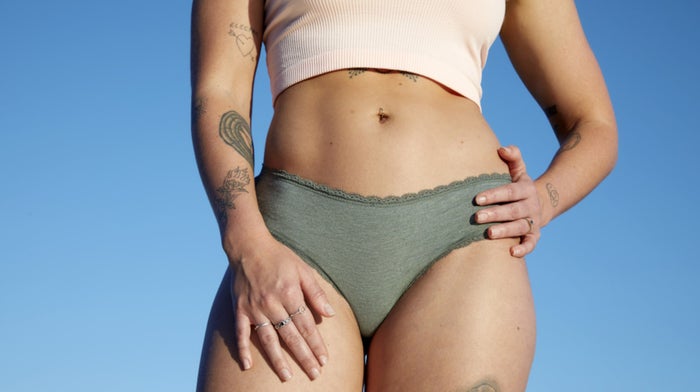
Ingrown Hair FAQs
How long does ingrown hair last?
Ingrown hairs usually heal within 1-2 weeks. However, there is no set time frame for how long it takes ingrown hairs to go away. Your skin type and how irritated your skin is both play key factors in the longevity of ingrown hairs. Likewise, the more you itch or disturb the area, the longer it can take to heal.
What are ingrown hair complications?
Usually, ingrown hairs will heal on their own. Rarely, ingrown hair complications may develop. Complications include scarring, infection and darkened skin. Some doctors claim ingrown hairs can also cause cysts. If you are worried about possible complications from ingrown hairs, contact your doctor.
Can you pop ingrown hair?
No, it is not recommended to pop ingrown hair cysts or tweeze the ingrown hair out. Doing so may increase the risk of scarring and infection.
Complete Your Shaving Routine
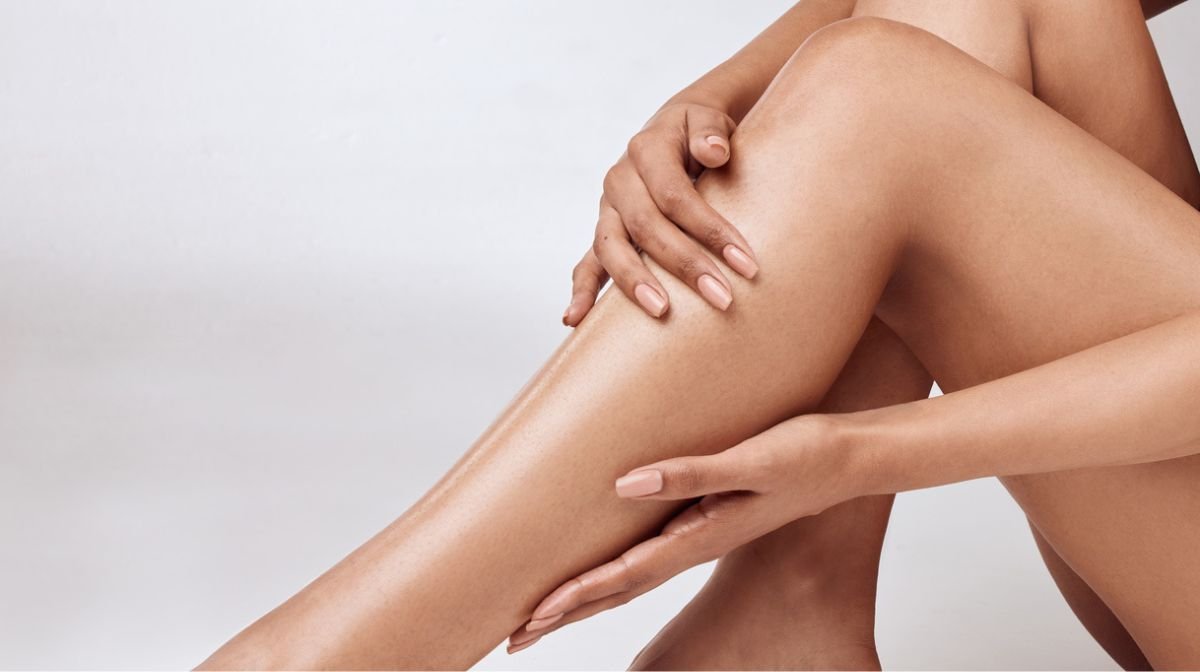
Discover Best Venus Products With Venus SkinCushion™ Technology
Venus SkinCushion™ technology helps to avoid shaving irritation in several ways. It's woven into numerous Venus products so find out more about how it can help you to enjoy close yet comfortable shaves!


